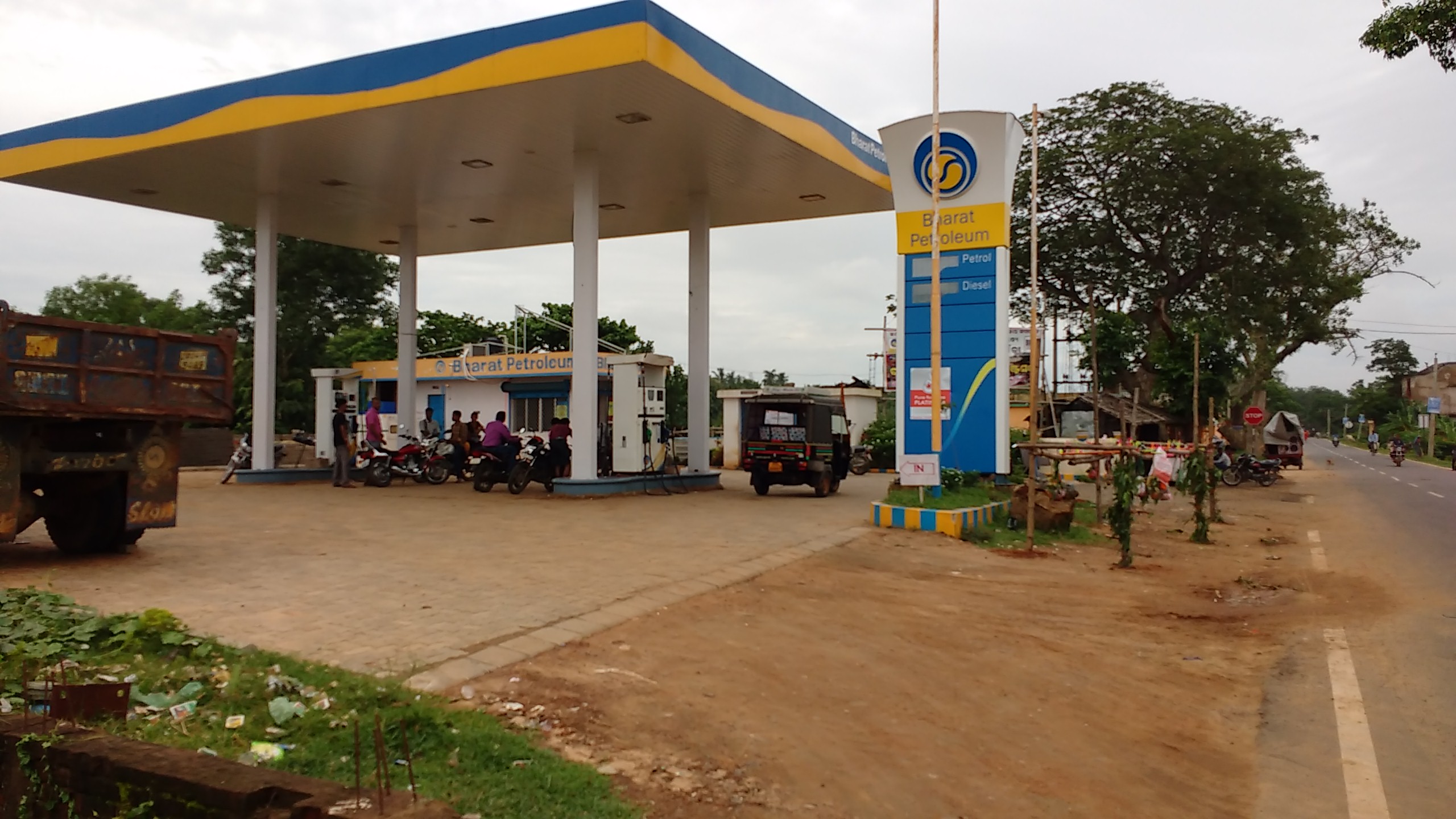Just when India’s coronavirus-battered economy started showing signs of recovery, Saudi Arabia’s decision to cut crude oil production does not augur well for the South Asian nation.
With the government lifting the nationwide lockdown and all sectors opening up, there will definitely be a higher consumption of petrol, diesel, and other sources of energy. However, Saudi Arabia seems to have thrown a spanner in the works.
Saudi Arabia, a member of the Petroleum Exporting Countries (OPEC), has announced a cut of 1 million barrels per day in crude oil production.

Other OPEC members also decided to reduce the production of crude oil by 97 million barrels a day.
The developments are clearly not a good sign for India, a country that has remained a big consumer of crude oil. India’s Minister of Petroleum and Natural Gas, Dharmendra Pradhan, has criticized the decision of the oil-producing nations.
“They had gone for some production cut. There was a huge slide in price. As a consumer, we supported them at that time. On this point, for a longer period of a positive cycle, you have to have a balance and a reasonable price. In that plan they assured something on which they have backtracked recently,” said Pradhan.
“I emphasized the need for fair pricing, which is in the interest of both producers and consumers. Cutting production may not be the best way to encourage global economic recovery,” the minister said in a Tweet.
Stressed on the need for reasonable pricing, which is both in the interests of producers and consumers. Production cuts may not be the most optimal way to encourage global economic recovery. #ACEnergyForum pic.twitter.com/LHOgwjsOMU
— Dharmendra Pradhan (@dpradhanbjp) January 19, 2021
Speaking to OPEC Secretary-General Mohammed Berkindo, Pradhan said that the “contradictory” policy is creating confusion for oil-buying nations.
He said that India, along with other buying nations, had hoped to increase the production of raw weights and reduce prices, but “OPEC’s decision will have to step up alternative energy sources”.
However, in response to Pradhan’s statements, Berkindo said, “The historic decision to reduce production by 97 million barrels per day was taken as an overall response to the unprecedented slowdown.”
Berkindo added that whatever decision he takes, he will take it in the interest of countries like India.
With India importing more than 80 percent of its energy needs, the country needs to not only supply petroleum and diesel smoothly but also needs to provide at cheap rates, in order to increase its economic development.
In the last few months, however, the prices of petrol and diesel in the country have continued to rise.

On Tuesday (January 19), the petrol price breached the Rs 85 mark per liter in New Delhi, the fifth spike in less than two weeks since January 7.
The prices of both petrol and diesel have become costlier by 25 paise per liter, leading to rates being Rs 85 per liter for petrol and Rs 75.38 per liter for diesel in the Indian capital.
On the other hand, India’s financial capital Mumbai recorded a rate of Rs 82.13 per liter for diesel, as per the state-run Indian Oil Corporation (IOC). On Friday, the price of petrol crossed the Rs 92 mark for the first time in Mumbai.
Retail rates of the two auto fuels vary across the country because of differences in local levies.
According to Shaileja Narayan, an Indian-origin energy expert based in Singapore, oil prices could rise even further in the coming months.
She says that this could in turn cause further problems in the post-Covid recovery phase for the country.
“Consumers get petrol and diesel at different prices in different states in India. This is because the state governments and local administrations impose different taxes on energy. Crude oil is not very expensive in foreign markets. If in India, petrol and diesel are being sold at expensive prices, then a big reason is these taxes imposed on them,” said Narayan.
The impact of the reduction in oil production is of huge significance for India, as after the United States and China, the country is the third-largest consumer of crude oil.
Follow EurAsian Times on Google News




